HDR on TV: what is it and how to enable it?
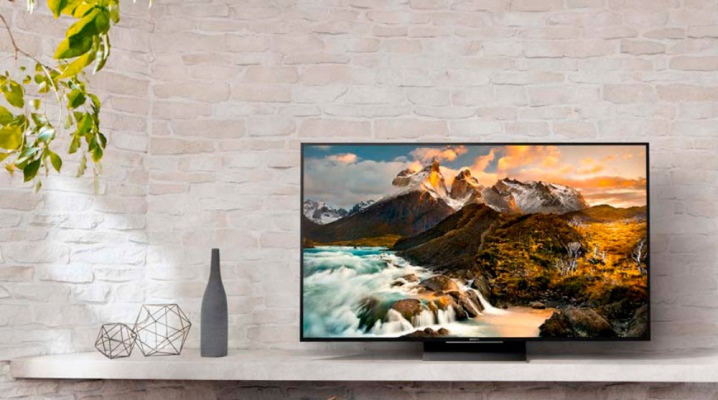
Recently, televisions as devices that allow you to receive a television signal have leaped forward. Today they are not only full-fledged multimedia systems that connect to the Internet and act as a monitor for a computer, but are also "smart" equipment that has a very wide functionality.
One of the rather demanded in new TV models is technology called HDR. Let's try to figure out what kind of technology it is, what this abbreviation actually means and what its application gives while watching various content.

What is HDR
First, let's find out what HDR is. It is an abbreviation of the phrase "High Dynamic Range", which literally can be translated as "high dynamic range". This technology makes it possible to bring the created image as closely as possible to what we see in reality. At least, as accurately as possible, as far as the technique allows.
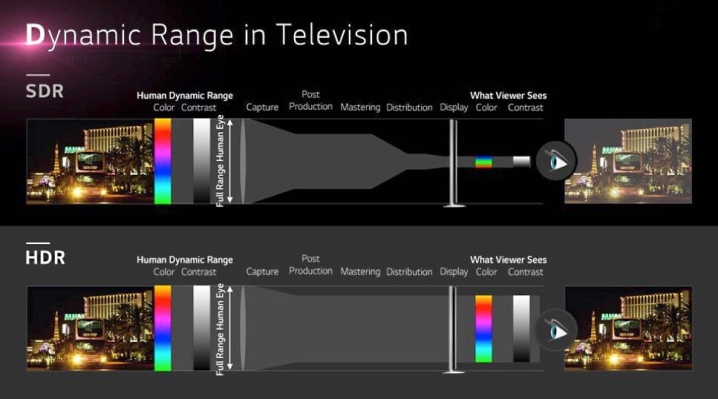
The human eye itself sees a relatively small amount of detail in shadow and light at the same time. But after the pupil adapts to the lighting conditions that are present, the sensitivity of the human eye increases by at least 50%.
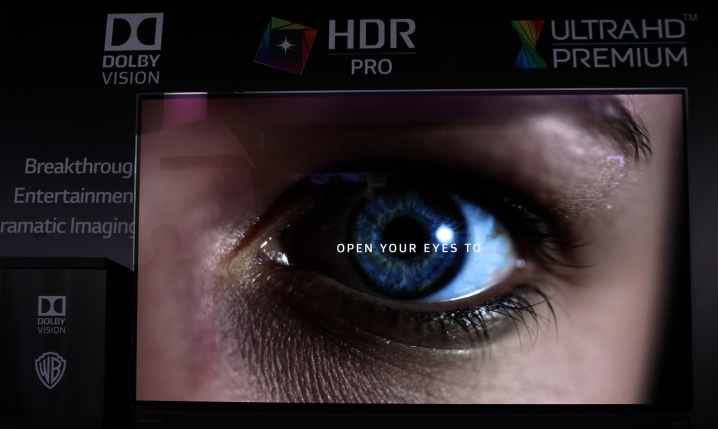
How it works
If we talk about the work of HDR technology, then it has 2 essential elements:
- Content.
- Screen.
TV (screen) will be the easiest part. In a good sense, it should just highlight certain parts of the display more brightly than the simple model, which lacks support for HDR technology, does.
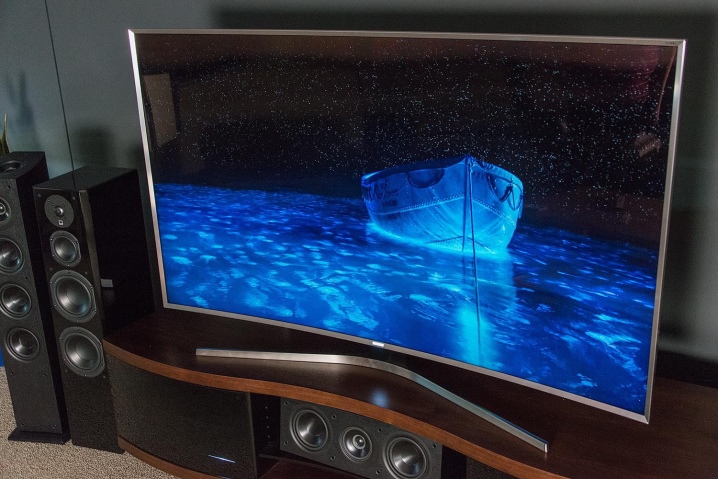
But with content the situation is much more complicated. It must have HDR supportto show high dynamic range on the display. Most of the films that have been made in the last 10 years have such support. It can be added without making any artificial changes to the picture. But the main problem why HDR content cannot be displayed on the TV is only the data transfer.
That is, a video that is made using extended dynamic range is compressed so that it can be transmitted to a TV or some other device. Thanks to this, a person can see at its best the image that the device is trying to reproduce using the technologies and mechanisms for improving the picture quality that are supported by it.

That is, it turns out that only content received from a specific source will have true HDR. The reason is that your TV will receive special meta-information, which will tell you how it should display this or that scene. Naturally, what we are talking about here is that the TV must generally support this playback technology.
Not every piece of equipment is suitable for normal HDR display. Not only the TV, but also the set-top box must be equipped with HDMI-connector version 2.0 at least.
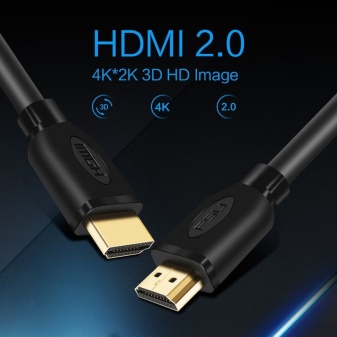

Typically issued in recent years, TV models are just equipped with the HDMI standard of this particular version, which can be upgraded by software even to HDMI 2.0a. It is the latest version of this standard that is required to convey the aforementioned metadata.
At the same time, the manufacturers have already agreed that TVs that will support HDR technology and 4K resolution will receive UHD Premium certification. Its availability upon purchase is an important criterion. It will not be superfluous to note that 4K Blu-ray format supports HDR by default.

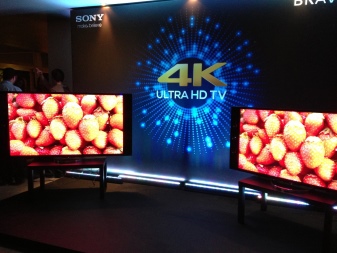
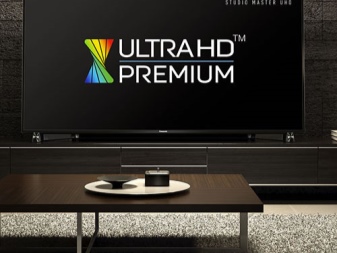
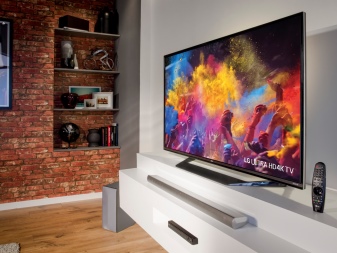
Why is the function needed
To understand why this function is needed, you should first of all take into account that contrast and ratio of bright and dark areas are the criteria on which the picture quality on the screen depends. Color rendition will also be important, which will be responsible for its realism. These are the factors that influence the comfort level while watching content on TV.
Let's imagine for a moment that one TV has excellent contrast and rich color gamut, while the other has a high resolution. But we will give preference to the first model, given that the picture on it will be displayed as naturally as possible. Screen resolution is also important, but contrast will be much more important. After all, it is she who determines the realism of the image, as already mentioned.
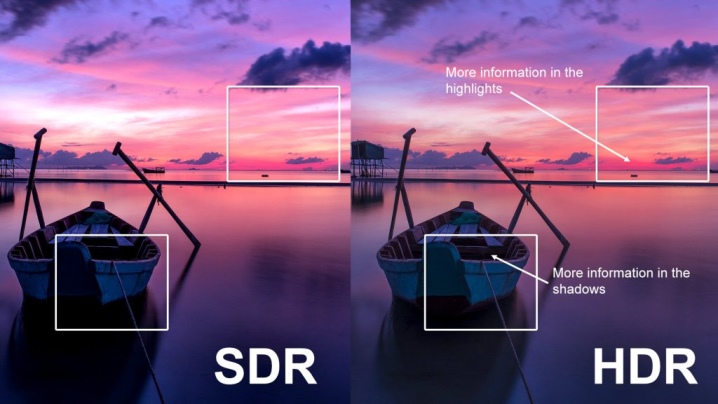
The idea of the technology in question is to expand the contrast and color palette.... That is, bright areas will look more believable on TV models that support HDR compared to conventional TVs. The picture on the display will have more depth and naturalness. In fact, HDR technology makes the image more realistic, making it deeper, brighter and clearer.

Views
Continuing the conversation about the technology called HDR, it should be added that it can be of several types:
- HDR10.
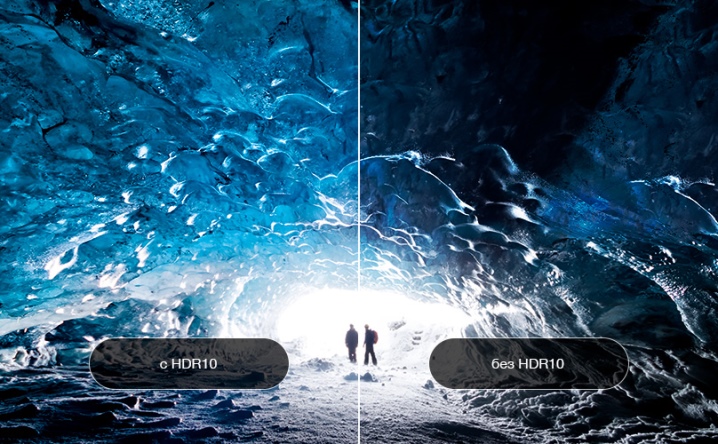
- Dolby Vision.

These are the main types. Sometimes there is a third type of this technology called HLG. It was created in collaboration with British and Japanese companies - BBC and NHK. It retained the 10-bit type encoding. It differs from other technologies in that there are certain changes in the purpose of the stream.
The main idea here is transmission. That is, there is simply no critical channel width in this standard. 20 megabytes will be more than enough to provide high quality streaming without any interference. But as mentioned above, this standard is not considered basic, in contrast to the two above, which will be discussed below.
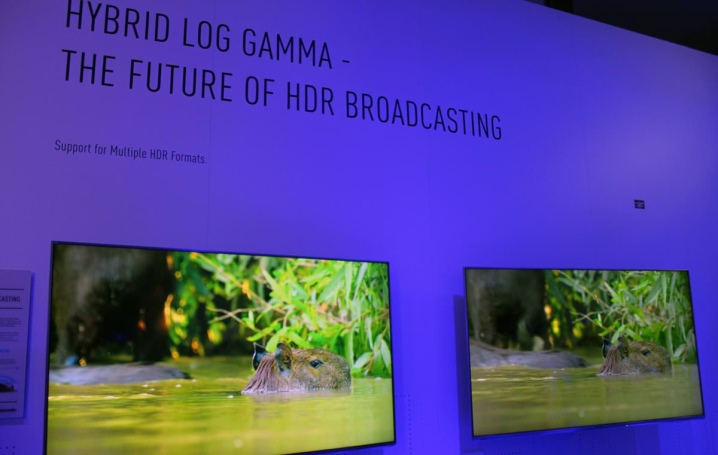
HDR10
This version of the technology under consideration is most commonbecause it is suitable for most 4K models that support HDR. Such well-known manufacturers of TV receivers as Samsung, Sony and Panasonic use this format in their devices. In addition, there is support for Blu-ray, and in general this format is very similar to UHD Premium.
The peculiarity of HDR10 is that the channel can pass up to 10 bits of content, and the color palette contains 1 billion different shades. In addition, the stream contains information regarding changes in contrast and brightness in each specific scene. By the way, the last moment makes it possible to make the image as natural as possible.
It should be mentioned here that there is another version of this format called HDR10 +. One of its properties is dynamic metadata. According to its properties and characteristics, it is considered better than the original version. The reason is that there is additional tone expansion, which significantly improves the quality of the picture. By the way, according to this criterion, there is a similarity with the HDR type called Dolby Vision.
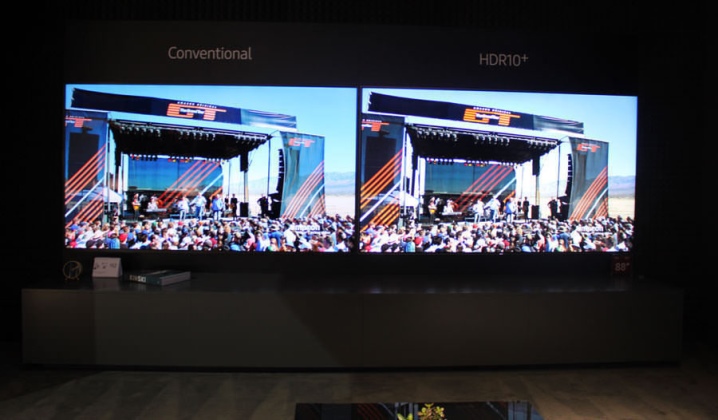
Dolby Vision
This is another type of HDR technology that has become the next stage in its development. Previously, the equipment that supported it was installed in cinemas. And today, technological progress allows the release of home models with Dolby Vision. This standard significantly exceeds the capabilities of all technologies that exist today.
The format makes it possible to transfer more shades and colors, and the peak brightness here has been increased from 4 thousand cd / m2 to 10 thousand cd / m2. The color channel has also expanded to 12 bits. In addition, the palette of colors in Dolby Vision has 8 billion shades at once.
It should be added that when using this technology, the video is divided into parts, after which each of them undergoes digital processing, which can significantly improve the original image.
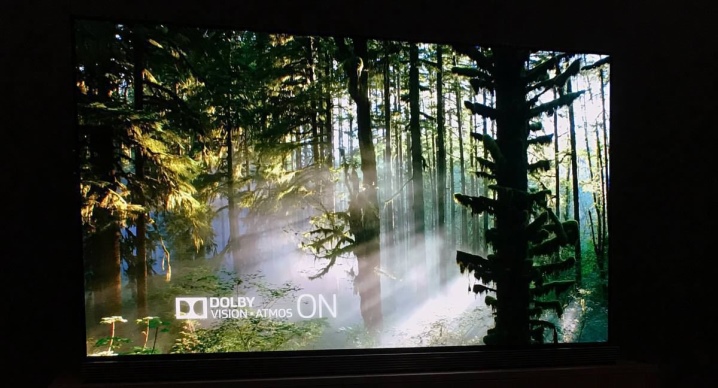
The only drawback today is that there is no broadcast content that can fully comply with the Dolby Vision format.
This technology is only available in devices from LG. And we are talking specifically about the line of TVs Signature. Some Samsung models also support Dolby Vision technology. If the model supports this type of HDR, then it receives the corresponding certificate. For it to work on a device, it must natively have HDR support as well as an extended format.
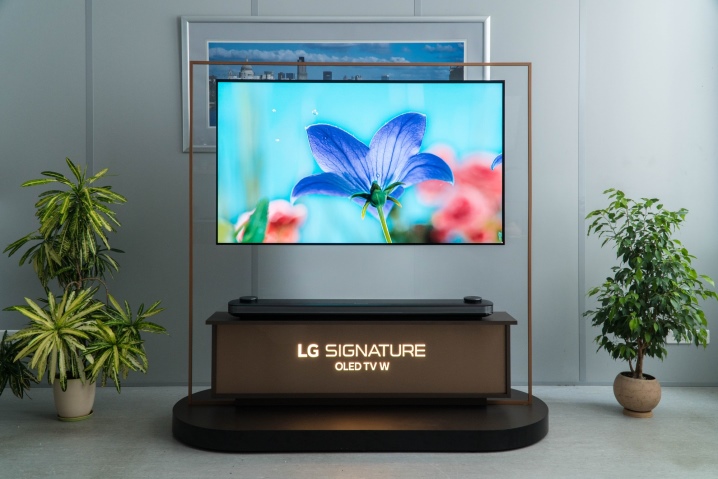
How to find out if the TV supports this mode
To find out if a particular TV model has support for HDR technology, no extra effort is required. All the information that the user needs is present in the technical documentation, as well as on the TV box.
For example, if you see the inscription Ultra HD Premium on the box, then this TV model has support for the HDR standard. If there is an inscription 4K HDR, then this TV model also supports this standard, but it does not have support for absolutely all types of the standard in question.
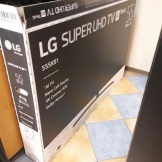
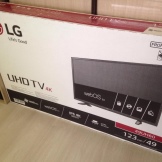

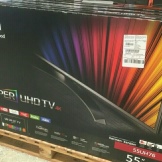
How to turn on
Enable this technology on a particular TV simple enough. More precisely, you don't have to do anything at all.
To activate HDR mode on a TV from any manufacturer, be it Samsung, Sony or any other, you just need to reproduce the content in this format and that's it.
If the TV model you purchased does not support this standard, then an error message will simply appear on the TV screen, which will contain information that this TV model cannot reproduce this content.
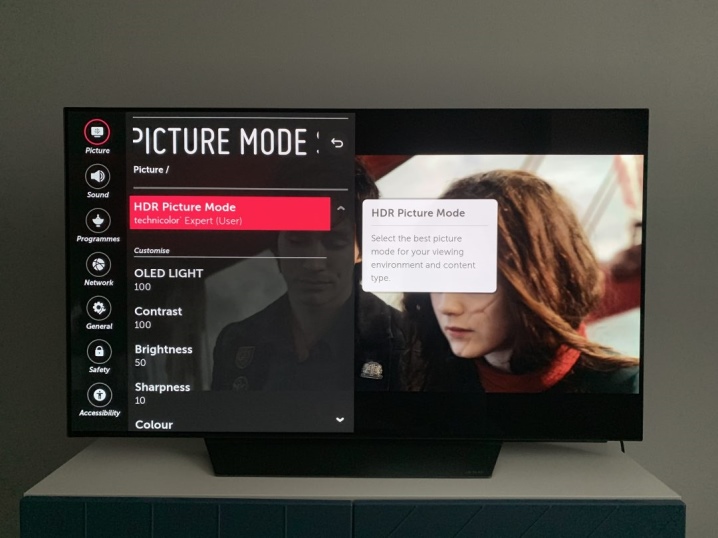
As you can see HDR technology - a must have for people who want to enjoy the highest quality content and maximum realism at home.
You can also hook up HDR on your TV using this video:













The comment was sent successfully.